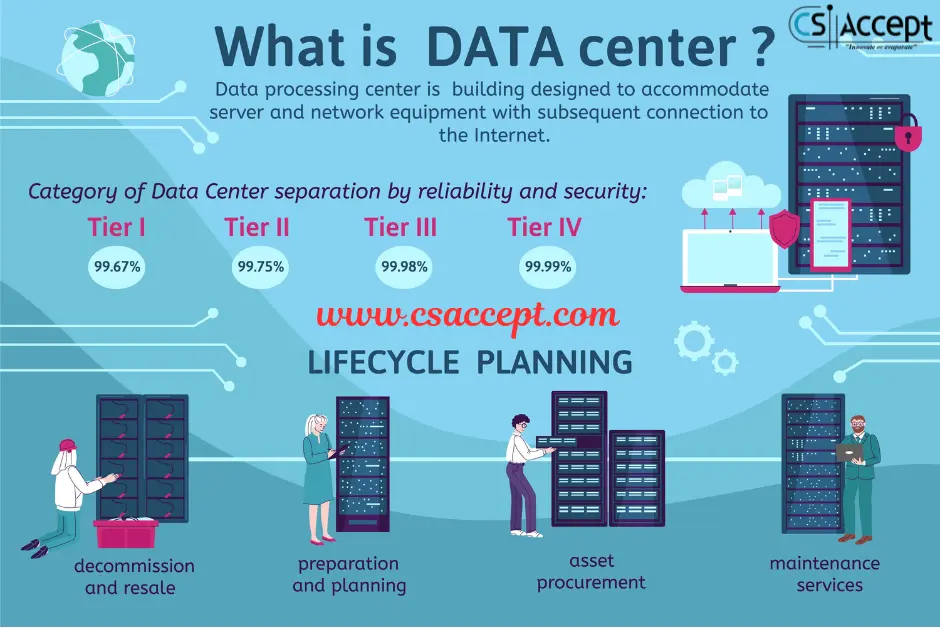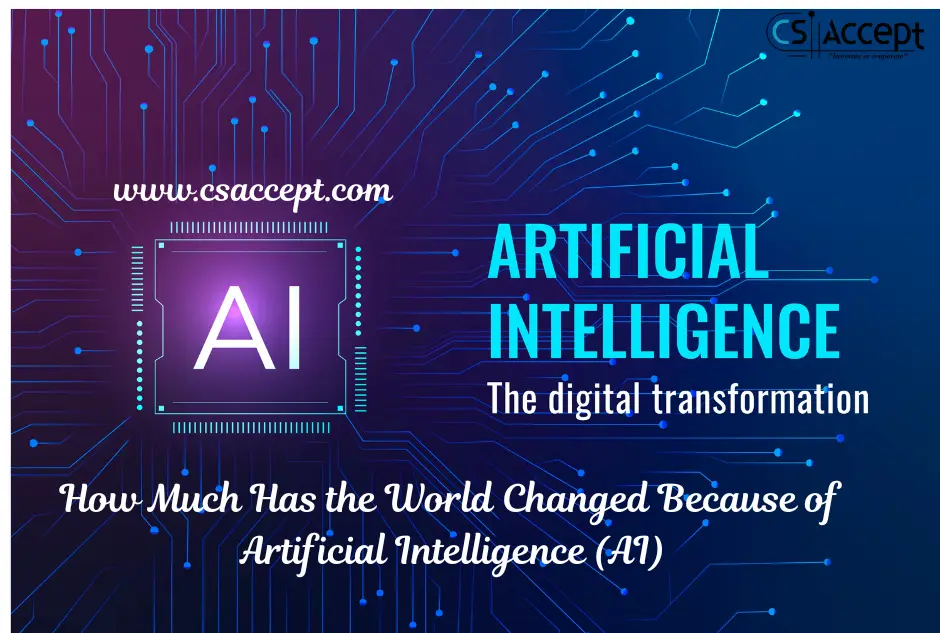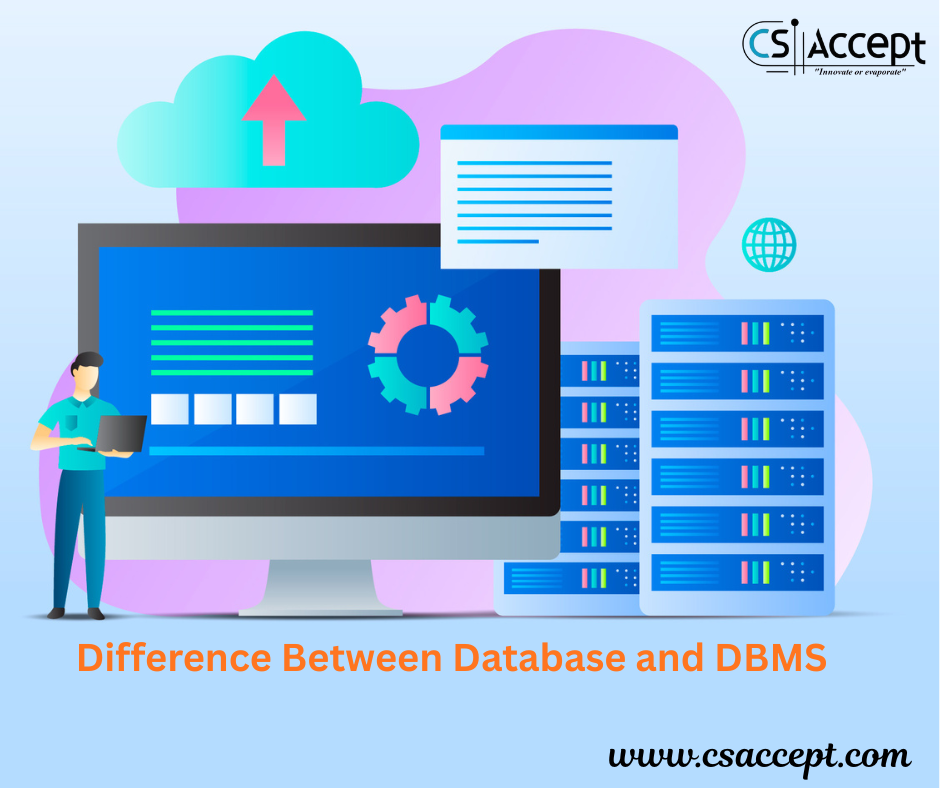
Introduction
Web3 is a term that represents the next generation of the internet—an evolution from the current centralized web to one that is decentralized, user-owned, and built on blockchain technology. It promises to shift control away from big tech companies and toward users themselves.
The Evolution: Web1 → Web2 → Web3
| Era | Timeframe | Description | Examples |
|---|---|---|---|
| Web1 | 1990s–early 2000s | “Read-only” web — static pages, no interactivity | Personal websites, early blogs |
| Web2 | 2005–present | “Read-write” web — interactive, user-generated content, centralized platforms | Facebook, YouTube, Instagram |
| Web3 | Emerging now | “Read-write-own” web — decentralized, permissionless, user-centric | Ethereum, IPFS, NFTs |
What Makes Web3 Different?
1. Decentralization
Web3 applications run on decentralized networks like blockchains, meaning no single entity controls the data or system. Data is stored across many nodes instead of centralized servers.
2. Blockchain Technology
Blockchain is the core infrastructure of Web3. It provides a secure, transparent, and unchangeable record of transactions and data.
3. User Ownership with Tokens
Users can own digital assets through cryptocurrencies and tokens. These can represent ownership, voting rights, or access to services.
4. Smart Contracts
Smart contracts are self-executing pieces of code that live on the blockchain. They automate processes without needing a central authority or middleman.
5. Trustless and Permissionless
No need to trust a company or get approval to join. Anyone can participate, build, or interact with applications on the Web3 network.
Core Technologies in Web3
- Blockchain – Distributed ledger technology (e.g., Ethereum, Solana)
- Cryptocurrencies – Digital money or utility tokens (e.g., Bitcoin, Ether)
- NFTs (Non-Fungible Tokens) – Unique digital items that prove ownership
- DAOs (Decentralized Autonomous Organizations) – Internet-native communities governed by code and consensus
- DeFi (Decentralized Finance) – Financial tools like lending, borrowing, and trading without traditional banks
- IPFS (InterPlanetary File System) – Peer-to-peer protocol for decentralized file storage
Examples of Web3 Applications
| Use Case | Example | Description |
|---|---|---|
| Social Media | Lens Protocol, Farcaster | Decentralized social platforms controlled by users |
| Finance (DeFi) | Uniswap, Aave | Peer-to-peer lending, trading, and borrowing |
| Games (GameFi) | Axie Infinity, Decentraland | Games that reward players with crypto or NFTs |
| Storage | Filecoin, Arweave | Decentralized cloud storage solutions |
| Identity | ENS, Unstoppable Domains | Blockchain-based identity and domain names |
Benefits of Web3
- User control and true ownership of digital assets
- Open and transparent protocols
- Resistance to censorship and manipulation
- Peer-to-peer interactions without intermediaries
- Token-based incentives and community participation
Challenges and Criticism
- Scalability issues: Some blockchains are slow or expensive to use
- Complex user experience: Web3 is not always beginner-friendly
- Regulatory uncertainty: Governments are still defining laws around Web3
- Environmental concerns: Some blockchains use a lot of energy (although newer ones are more efficient)
- Security risks: Smart contracts can be exploited or poorly written
The Future of Web3
Web3 is still in its early stages. But its vision of a more democratic and user-centric internet is gaining traction. It may not replace Web2 entirely, but it could complement it by offering alternatives that prioritize privacy, transparency, and ownership.
Emerging areas include:
- Decentralized identity and reputation systems
- New economic models for creators and communities
- Secure digital voting and governance through DAOs
- Interoperability between platforms without central control
How to Get Started with Web3
- Install a crypto wallet (e.g., MetaMask, Rainbow)
- Explore decentralized apps (dApps) on platforms like Ethereum
- Buy small amounts of cryptocurrency to try using DeFi apps
- Join Web3 communities (Reddit, Discord, Twitter, etc.)
- Follow developers and creators in the space to stay informed
Final Thoughts
Web3 is not just about cryptocurrency. It’s about reimagining the internet so that people have greater control over their data, assets, and interactions. While it’s still evolving and facing real-world challenges, Web3 offers a powerful framework for building a more equitable digital future.







